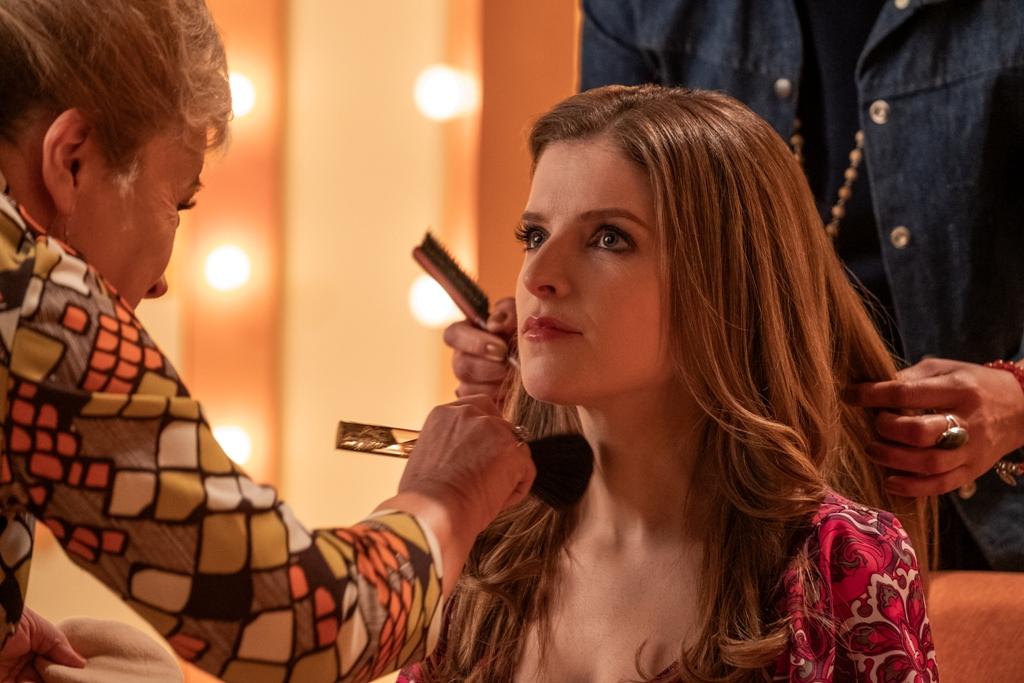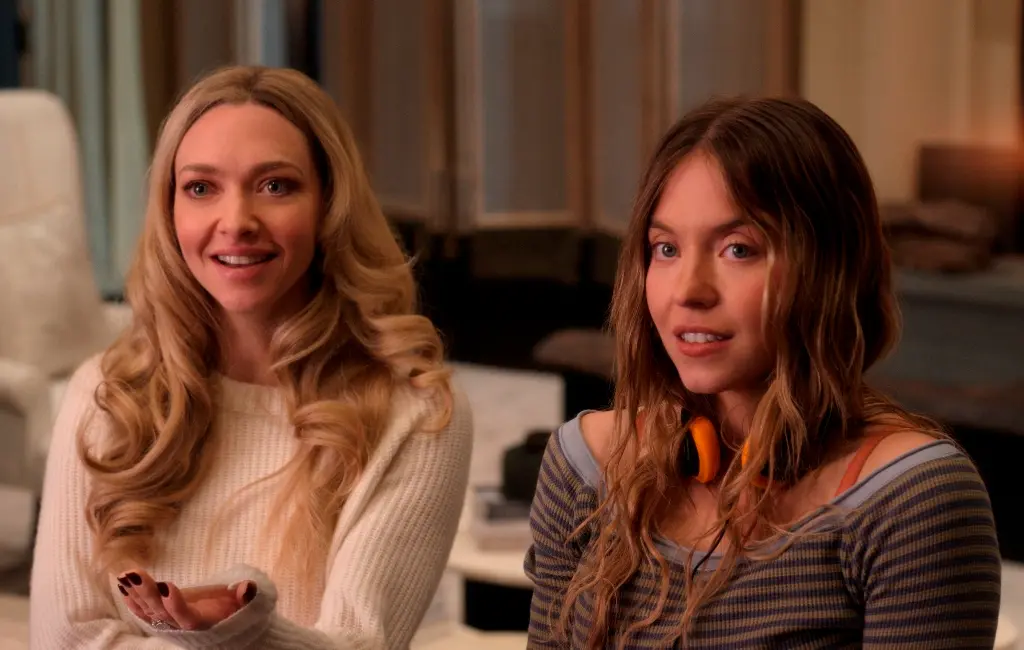R | 1h 35m | Drama, Crime, Mystery, Thriller, History | 2024
Taking place over approximately the same time as the murders committed by Ted Bundy in the 1970s, Rodney Alcala was doing the same thing in Wyoming, Texas, Southern California, and Manhattan.






